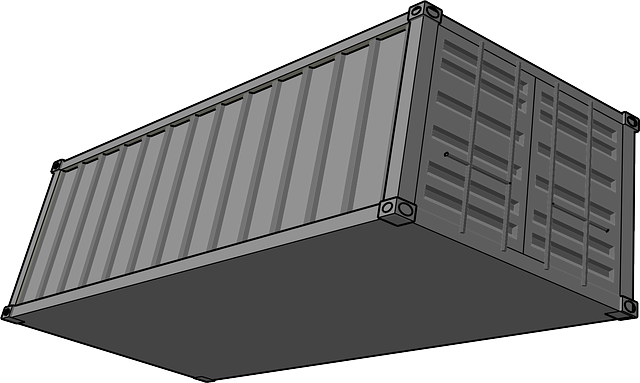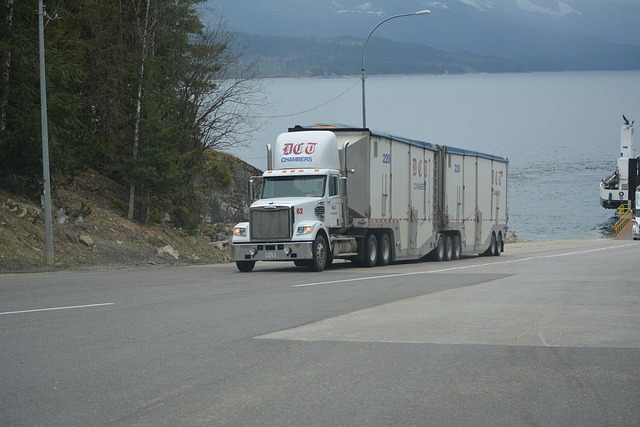When establishing a new fleet, prioritize knowledge of audit requirements for immediate compliance. This includes understanding varying cargo coverage standards across jurisdictions, focusing on proper loading, securing, and labeling techniques to prevent damage or spillage. Regular audits and training sessions are vital for identifying enhancement areas in compliance, helping fleets avoid penalties and maintain an excellent reputation. Robust cargo coverage policies tailored to transported goods, routes, and inventory value protect assets and meet industry standards from the outset. Continuous monitoring, improvement, and adoption of innovative technologies ensure optimal cargo coverage and fleet management in today's digital age.
Setting up a new fleet involves meticulous planning, and preparing for audits from day one is crucial. This ensures compliance with regulations and avoids costly surprises. In this comprehensive guide, we’ll explore essential steps tailored for new fleets: understanding specific audit requirements, implementing robust cargo coverage, establishing effective compliance protocols, and adopting continuous monitoring strategies for ongoing improvement.
Understanding Audit Requirements for New Fleets

When setting up a new fleet, understanding the audit requirements is paramount to ensuring compliance from day one. This includes a comprehensive grasp of cargo coverage standards, which vary across jurisdictions and are designed to protect both goods and the environment. New fleet operators must familiarize themselves with local regulations, especially regarding proper loading, securing, and labeling of cargo to prevent damage or spillage.
Regular audits and training sessions can help identify areas for improvement in compliance. By proactively addressing these requirements, new fleets can avoid costly penalties and maintain a strong reputation. Effective planning involves integrating cargo coverage best practices into operational procedures, ensuring that every member of the team understands their role in maintaining safety standards and regulatory adherence, particularly during initial setup and throughout the growth phase.
Implementing Comprehensive Cargo Coverage

When setting up a new fleet, implementing comprehensive cargo coverage is non-negotiable for effective audits and compliance. This involves ensuring that every piece of cargo is insured against potential risks like damage, theft, or loss during transit. A robust cargo coverage policy should be tailored to your specific operations, accounting for factors like the types of goods transported, routes traveled, and value of inventory.
By prioritizing thorough cargo coverage from day one, businesses can mitigate financial losses and operational disruptions associated with non-compliance. It also fosters trust with stakeholders—including regulators, clients, and insurance providers—by demonstrating a commitment to protecting valuable assets and upholding industry standards.
Establishing Effective Compliance Protocols

Establishing robust compliance protocols is a cornerstone for any business, especially those dealing with high-value assets like new fleets and extensive cargo coverage. The initial stages of setting up these protocols are critical to ensure long-term adherence to regulations and standards. Begin by conducting a comprehensive risk assessment to identify potential gaps in compliance across various operational areas, including fleet management, insurance, and documentation procedures. This process involves scrutinizing every aspect of your operations, from vehicle maintenance records to cargo handling practices, to pinpoint areas requiring improvement.
Once identified, implement clear guidelines and standards tailored to your business’s unique needs. Develop streamlined processes for documenting and tracking compliance activities related to new fleets and cargo coverage. Regular training sessions for employees can help ensure everyone understands their roles and responsibilities in maintaining compliance. By fostering a culture of adherence to these protocols from day one, you lay the groundwork for consistent and effective audit preparation, making audits less daunting and your business more resilient to regulatory changes.
Continuous Monitoring and Improvement Strategies

In today’s digital era, continuous monitoring and improvement strategies are essential for any organization aiming to ensure compliance from day one. By implementing robust systems for real-time data tracking, businesses can gain valuable insights into their operations, including cargo coverage and new fleet management. This proactive approach enables them to identify potential gaps or risks early on, allowing for swift corrective actions. For instance, advanced analytics tools can analyze vast datasets to uncover inefficiencies, ensuring every aspect of the supply chain operates smoothly and within regulatory parameters.
Such strategies facilitate a culture of continuous enhancement where lessons learned from audits are not temporary fixes but become integral parts of an evolving compliance framework. This includes regular reviews of procedures, updates to policies based on industry best practices, and the adoption of innovative technologies tailored to specific needs, especially in managing new fleets and expanding cargo coverage. Through these strategies, organizations can maintain a competitive edge while adhering to changing regulations, fostering a dynamic and resilient business environment.
Preparing for audits and maintaining compliance is an ongoing process, especially for new fleet operations. By understanding the specific audit requirements, implementing robust cargo coverage policies, and establishing clear compliance protocols from day one, businesses can set a strong foundation for success. Continuous monitoring and improvement strategies are key to staying ahead of regulatory changes and ensuring long-term operational efficiency, ultimately safeguarding against potential penalties and enhancing the overall reputation of the fleet.
